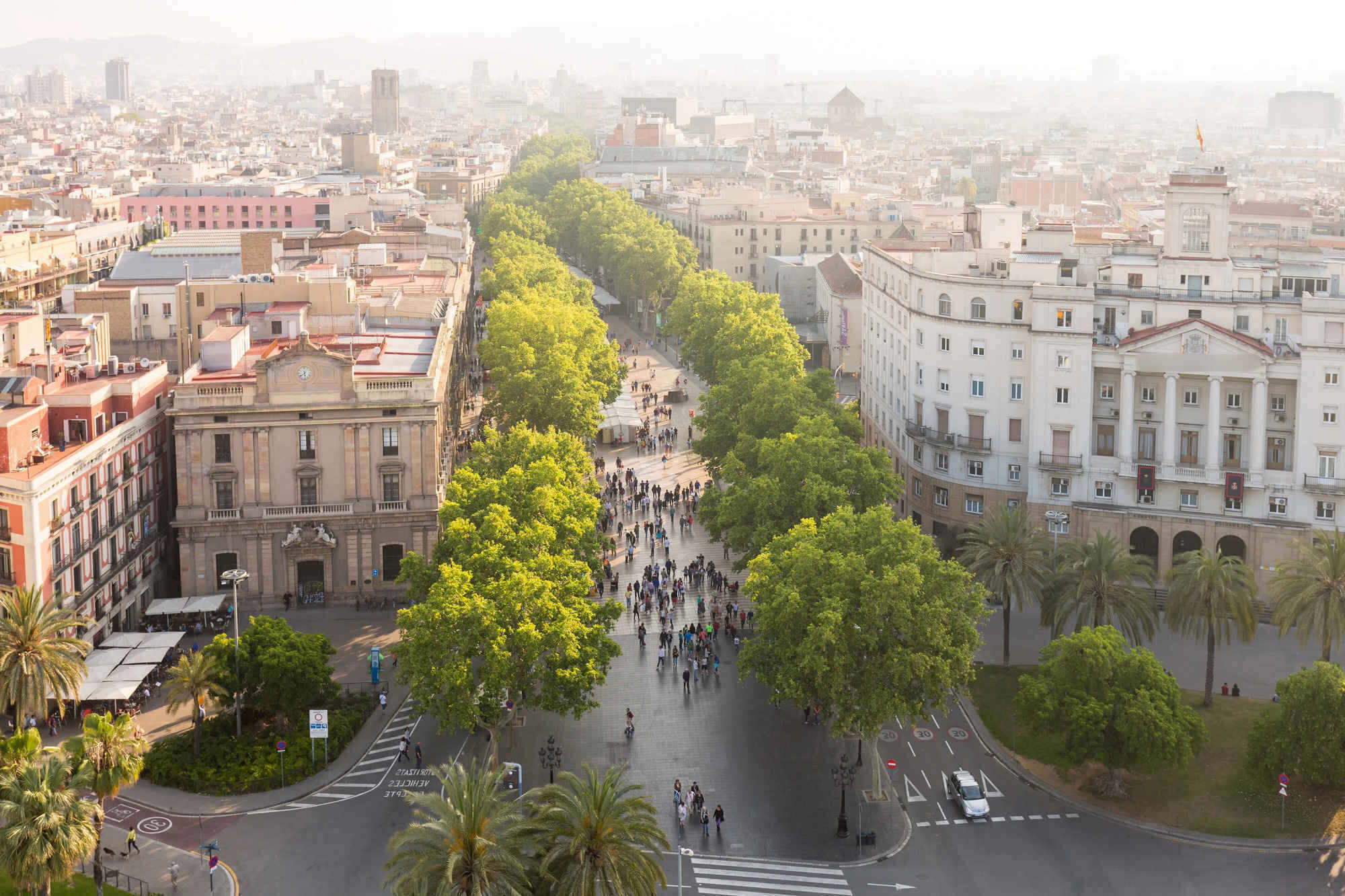The Fascinating Reason Behind Barcelona’s Square Design

Have you ever wondered why Barcelona has such a unique, square-like design? This captivating layout isn't just a random choice. It dates back to the 19th century when a visionary urban planner named Ildefons Cerdà reimagined the city's structure. His goal was to create a more organized, healthier environment for residents. The result? A grid system with wide streets, open spaces, and chamfered corners that make navigation a breeze. This design not only enhances traffic flow but also provides ample sunlight and ventilation. Let's dive into the story behind Barcelona's iconic layout and see how it continues to shape the city today.
The Visionary Behind Barcelona's Grid Layout
Barcelona's unique grid layout isn't just a random design. It was the brainchild of Ildefons Cerdà, a visionary urban planner. His innovative ideas transformed the city into a modern marvel. Let's explore some key places that showcase this fascinating design.
- Eixample District
The Eixample District is the heart of Cerdà's grid plan. Wide streets and chamfered corners make it easy to navigate. This area is also home to some of Barcelona's most iconic buildings, like the Sagrada Família and Casa Batlló.
- Passeig de Gràcia
Passeig de Gràcia is one of the main avenues in the Eixample District. It’s a shopper's paradise with luxury boutiques and high-end stores. The street also features stunning examples of Modernist architecture.
The Benefits of the Grid Design
Cerdà's grid design wasn't just about aesthetics. It had practical benefits that improved the quality of life for Barcelona's residents. Here are some places where these benefits are most evident.
- Diagonal Avenue
Diagonal Avenue cuts across the grid, providing a quick route through the city. This major thoroughfare reduces traffic congestion and makes commuting easier.
- Plaça de Catalunya
Plaça de Catalunya serves as a central hub connecting various parts of the city. Its strategic location makes it a perfect meeting point and a gateway to other neighborhoods.
Green Spaces and Social Interaction
Cerdà believed in the importance of green spaces and social interaction. His design included numerous parks and squares to encourage community engagement. Let's look at some of these green oases.
- Parc de la Ciutadella
Parc de la Ciutadella is one of Barcelona's largest parks. It offers a peaceful retreat from the bustling city streets. The park features a zoo, a lake, and several museums.
- Plaça d'Espanya
Plaça d'Espanya is another key square in Cerdà's design. It’s a lively area with fountains, statues, and plenty of seating. The square often hosts public events and gatherings.
Modern Adaptations of the Grid
While Cerdà's original plan was revolutionary, modern adaptations have kept Barcelona's grid layout relevant. These updates ensure the city meets contemporary needs without losing its historic charm.
- Superblocks
Superblocks are a recent innovation in urban planning. They restrict traffic within certain blocks, creating pedestrian-friendly zones. This concept enhances safety and reduces pollution.
- Glòries Square
Glòries Square has undergone significant redevelopment. It now features a large park, shopping centers, and cultural venues. The area blends modern amenities with Cerdà's original vision.
Conclusion
Barcelona's grid design is more than just a city layout. It reflects a visionary approach to urban planning that balances aesthetics, functionality, and community well-being. Exploring these key places offers a glimpse into the genius of Ildefons Cerdà and his lasting impact on the city.
Barcelona's Unique Urban Planning
Barcelona's square design isn't just visually striking; it's a testament to smart urban planning. The Eixample district, with its grid layout and chamfered corners, was designed by Ildefons Cerdà to improve traffic flow, increase light and ventilation, and create more public spaces. This innovative approach has made the city more livable and accessible.
Walking through Barcelona, you can see how this design impacts daily life. Wide streets, ample sidewalks, and green spaces make it a pedestrian-friendly city. The layout also supports efficient public transport, reducing congestion and pollution.
Barcelona's urban planning serves as a model for other cities. It shows how thoughtful design can enhance both functionality and beauty. Next time you visit, take a moment to appreciate the thoughtful planning that makes Barcelona so special.

